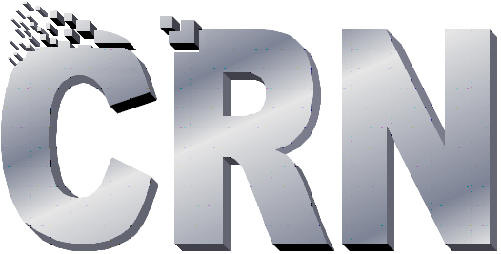BRIEFING DOCUMENT: DECEMBER 14, 2003
Grey
Goo is a Small Issue
Fear of runaway
nanobots, or “grey goo”, is more of
a public issue than a scientific problem. Grey goo as a result of out of control
nanotechnology played a starring role in an article titled "The
Grey Goo Problem" by Lawrence Osborne in today's
New York Times Magazine. This article and other recent fictional portrayals
of grey goo, as well as statements by scientists such as
Richard Smalley, are
signs of significant public concern. But although biosphere-eating goo is a
gripping story, current
molecular manufacturing proposals contain nothing even
similar to grey goo. The idea that nanotechnology manufacturing systems could
run amok is based on outdated information.
The earliest proposals for molecular manufacturing technologies echoed
biological systems. Huge numbers of tiny robots called “assemblers” would
self-replicate, then work together to build large products, much like termites
building a termite mound. Such systems appeared to run the risk of going out of
control, perhaps even “eating” large portions of the biosphere. Eric Drexler
warned in 1986, “We cannot afford certain kinds of accidents with replicating
assemblers.”
Since then, however, Drexler and others have developed models for making safer
and more efficient machine-like systems that resemble an assembly line in a
factory more than anything biological. These mechanical designs were described
in detail in Drexler's 1992 seminal reference work,
Nanosystems,
which does not even mention free-floating autonomous assemblers.
Replicating assemblers will not be used for manufacturing. Factory designs using
integrated nanotechnology will be much more efficient at building products, and
a personal nanofactory is nothing like a
grey goo nanobot. A stationary tabletop factory
using only preprocessed chemicals would be both safer and easier to build. Like
a drill press or a lathe, such a system could not run wild. Systems like this
are the basis for responsible molecular manufacturing proposals. To evaluate
Eric Drexler's technical ideas on the basis of grey goo is to miss the far more
important policy issues created by general-purpose nanoscale manufacturing.
A grey goo robot would face a much harder task than merely replicating itself.
It would also have to survive in the environment, move around, and convert what
it finds into raw materials and power. This would require sophisticated
chemistry. None of these functions would be part of a molecular manufacturing
system. A grey goo robot would also require a relatively large computer to store
and process the full blueprint of such a complex device. A nanobot or
nanomachine missing any part of this functionality could not function as grey
goo.
Development and use of molecular manufacturing will create nothing like grey
goo, so it poses no risk of producing grey goo by accident at any point. However,
goo type systems do not appear to be ruled out by the laws of physics, and we
can't ignore the possibility that someone could deliberately combine all the
requirements listed above. Drexler's 1986 statement can therefore be updated:
We cannot afford criminally irresponsible misuse of powerful technologies.
Having lived with the threat of nuclear weapons for half a century, we already
know that.
Grey goo eventually may become a concern requiring special policy. However, goo
would be extremely difficult to design and build, and its replication would be
inefficient. Worse and more imminent dangers may come from non-replicating
nano-weaponry. Since there are
numerous greater risks
from molecular manufacturing that may happen almost immediately after the
technology is developed, grey goo should not be a primary concern. Focusing on
grey goo allows more urgent technology and security issues to remain unexplored.
UPDATE:
The August 2004 issue of
the
Institute of Physics journal Nanotechnology includes an article on
"Safe Exponential Manufacturing", co-authored by Chris Phoenix and Eric Drexler.
They conclude that:
Nanotechnology-based fabrication
can be thoroughly non-biological and inherently safe: such systems need have no
ability to move about, use natural resources, or undergo incremental mutation.
Moreover, self-replication is unnecessary: the development and use of highly
productive systems of nanomachinery (nanofactories) need not involve the
construction of autonomous self-replicating nanomachines. Accordingly, the
construction of anything resembling a dangerous self-replicating nanomachine can
and should be prohibited. Although advanced nanotechnologies could (with great
difficulty and little incentive) be used to build such devices, other concerns
present greater problems. Since weapon systems will be both easier to build and
more likely to draw investment, the potential for dangerous systems is best
considered in the context of military competition and arms control.
For more information, or to
download a PDF of this important paper,
click here.
